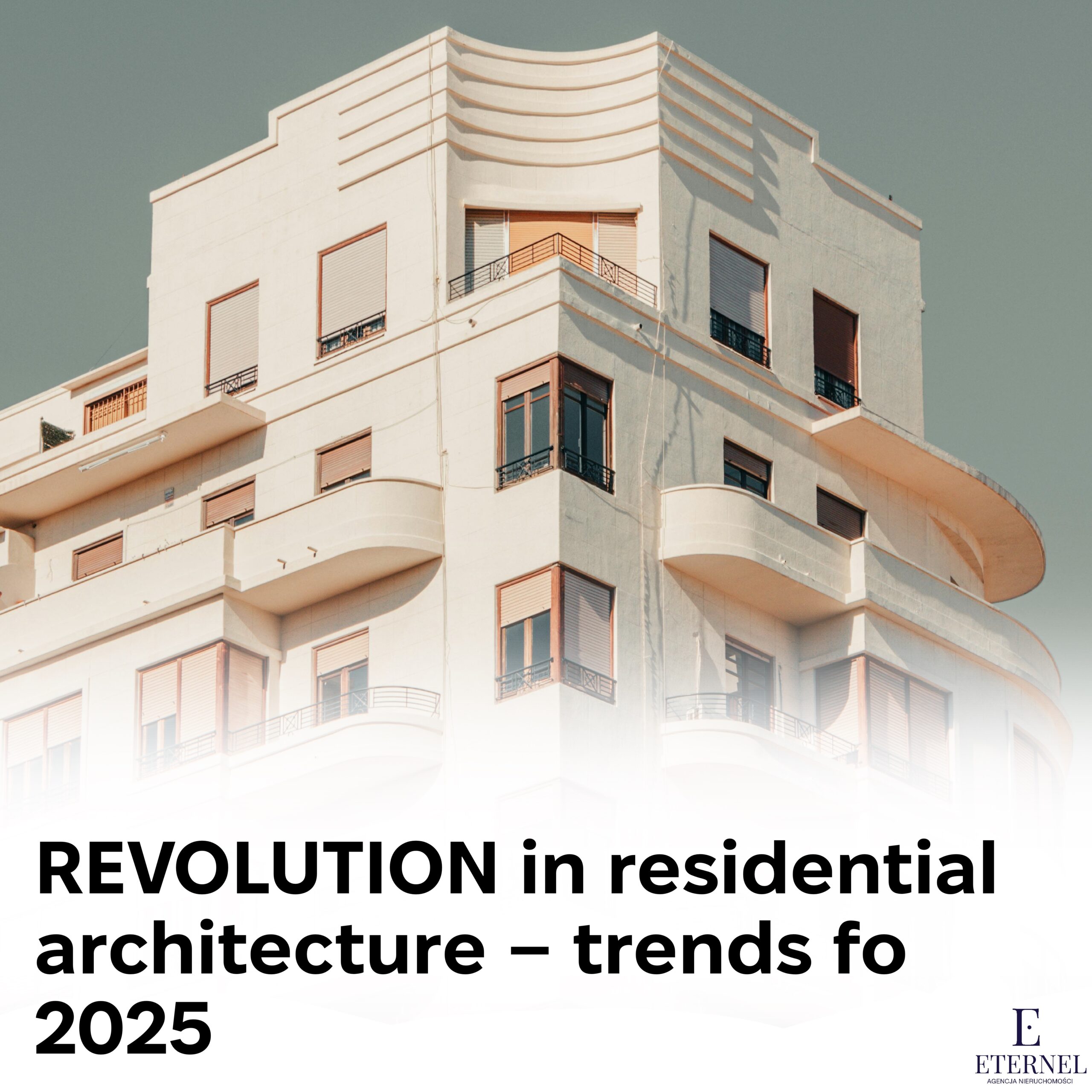Revolution in Residential Architecture – Trends for 2025

What revolutionary trends in residential architecture are shaping the future of construction worldwide? We analyze the most interesting innovations from different continents.
SCANDINAVIA – SUSTAINABILITY PIONEER
Stockholm introduces mandatory passive buildings from 2025. New Hammarby Sjöstad 2.0 district produces 120% of needed energy through solar panels and heat pumps. Cost: 15% higher than standard, but 8-year payback.
Copenhagen tests “living buildings” – clay and straw constructions that purify air. BioCity project uses moss facades reducing CO2 by 40%.
ASIA – VERTICAL CITIES OF THE FUTURE
Singapore revolutionizes vertical living. Sky Habitat is a 38-story complex with hanging gardens on every level. Residents have access to 2,000 sqm of greenery on the 15th floor.
Hong Kong introduces micro-living: 18 sqm apartments with multifunctional furniture. Price: $8,000 per sqm, but full equipment and concierge services.
NETHERLANDS – FLOATING COMMUNITIES
Amsterdam tests Waterplein – floating district for 750 families. Buildings rise 3 meters during floods. Construction cost 30% higher, but zero flood risk.
Rotterdam builds floating pavilions from recycled ocean plastic. One pavilion = 500,000 PET bottles.
POLAND IN THE VANGUARD
Warsaw: Mennica Legacy uses photovoltaic facades generating 40% of building energy
Kraków: Fuzja is Poland’s first building with BREEAM Outstanding certification
Gdansk: Young City introduces smart apartments with IoT and voice control
THE FUTURE IS NOW
Trends for 2025-2030:
– 3D printed apartments (60% lower cost)
– Smart glass changing transparency
– Air purification systems in walls
– Modular apartments expandable vertically
Eternel – Estate Agency
📍 al. Jana Pawła II 58, unit 2.1, Kraków
📞 +48 577 707 032 (WhatsApp, Telegram)
🌐 bbnr.siteweb.org.ua
📲 Telegram: @Eterneladmin

